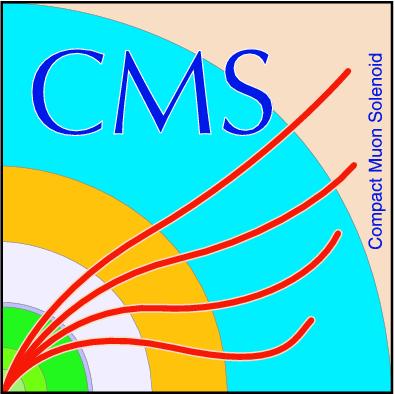

Compact Muon Solenoid
LHC, CERN
| CMS-PAS-HIN-25-001 | ||
| Probing thermodynamic properties of proton-lead collision systems via multiplicity dependence of average transverse momentum at the LHC | ||
| CMS Collaboration | ||
| 1 May 2025 | ||
| Abstract: The possible formation of hot, strongly interacting matter in small collision systems has generated significant interest. In this study, the correlation between the average transverse momentum ($ \langle {p_{\mathrm{T}}} \rangle $) and charged-particle multiplicity ($ N_{\mathrm{ch}} $) is analyzed in proton-lead (pPb) collisions at the CERN LHC to explore the system's thermodynamic properties. The analysis is performed over a broad multiplicity range using data collected by the CMS experiment, corresponding to an integrated luminosity of 186 nb$^{-1}$ at $ \sqrt{s_{\mathrm{NN}}}= $ 8.16 TeV and 0.509 nb$^{-1}$ at $ \sqrt{s_{\mathrm{NN}}}= $ 5.02 TeV. The squared speed of sound, $ c^2_{\mathrm{s}} $, is extracted from the correlation between $ \langle {p_{\mathrm{T}}} \rangle $ and $ N_{\mathrm{ch}} $ and studied as a function of an effective temperature estimated from the average transverse momentum. The extracted values are found to be comparable with lattice QCD predictions within uncertainties but are consistently higher than those predicted by the Trajectum hydrodynamic model. Comparisons with models that do not incorporate medium effects in pPb collisions show a poor agreement with data. These findings offer new insights into the possible thermodynamic properties of strongly interacting matter in small collision systems at LHC energies. | ||
| Links: CDS record (PDF) ; CADI line (restricted) ; | ||
| Figures | |

png pdf |
Figure 1:
Mean $ p_{\mathrm{T}} $, $ \langle {p_{\mathrm{T}}} \rangle $, as a function of multiplicity, $ N_{\mathrm{ch}} $, for pPb collision energies of 5.02 TeV and 8.16 TeV, together with the fits used to extract the $ c^2_{\mathrm{s}} $ for data and HIJING simulations. Statistical uncertainties only are shown. |

png pdf |
Figure 2:
Correlation $ d\ln{\langle {p_{\mathrm{T}}} \rangle}/d\ln{N_{\mathrm{ch}}} $ as a function of effective temperature $ ({=}\langle {p_{\mathrm{T}}} \rangle/X) $, where $ X $ is set to 3 for boost-invariant calculations and 2.45 for calculations accounting for asymmetries in the system. The results extracted from pPb collisions in this study are compared with lattice QCD predictions [60], previous measurements from ultra-central PbPb collisions at $ \sqrt{\smash[b]{s_{_{\mathrm{NN}}}}} = $ 5.02 TeV by CMS [17], HIJING simulations, and the TRAJECTUM model for centrality estimator based on the energy sum in the hadron calorimeter for $ |\eta| < $ 0.8 (FCAL Cent.). Since the statistical uncertainties are negligible, the black error bars in the pPb data represent systematic uncertainties only. Theoretical uncertainties are taken from Ref. [40]. The HIJING results are presented with statistical uncertainties only. |

png pdf |
Figure 2-a:
Correlation $ d\ln{\langle {p_{\mathrm{T}}} \rangle}/d\ln{N_{\mathrm{ch}}} $ as a function of effective temperature $ ({=}\langle {p_{\mathrm{T}}} \rangle/X) $, where $ X $ is set to 3 for boost-invariant calculations and 2.45 for calculations accounting for asymmetries in the system. The results extracted from pPb collisions in this study are compared with lattice QCD predictions [60], previous measurements from ultra-central PbPb collisions at $ \sqrt{\smash[b]{s_{_{\mathrm{NN}}}}} = $ 5.02 TeV by CMS [17], HIJING simulations, and the TRAJECTUM model for centrality estimator based on the energy sum in the hadron calorimeter for $ |\eta| < $ 0.8 (FCAL Cent.). Since the statistical uncertainties are negligible, the black error bars in the pPb data represent systematic uncertainties only. Theoretical uncertainties are taken from Ref. [40]. The HIJING results are presented with statistical uncertainties only. |

png pdf |
Figure 2-b:
Correlation $ d\ln{\langle {p_{\mathrm{T}}} \rangle}/d\ln{N_{\mathrm{ch}}} $ as a function of effective temperature $ ({=}\langle {p_{\mathrm{T}}} \rangle/X) $, where $ X $ is set to 3 for boost-invariant calculations and 2.45 for calculations accounting for asymmetries in the system. The results extracted from pPb collisions in this study are compared with lattice QCD predictions [60], previous measurements from ultra-central PbPb collisions at $ \sqrt{\smash[b]{s_{_{\mathrm{NN}}}}} = $ 5.02 TeV by CMS [17], HIJING simulations, and the TRAJECTUM model for centrality estimator based on the energy sum in the hadron calorimeter for $ |\eta| < $ 0.8 (FCAL Cent.). Since the statistical uncertainties are negligible, the black error bars in the pPb data represent systematic uncertainties only. Theoretical uncertainties are taken from Ref. [40]. The HIJING results are presented with statistical uncertainties only. |

png pdf |
Figure 3:
Mean transverse momentum as a function of charged-particle multiplicity, both normalized to reference values obtained for the $ E_{\mathrm{T, sum}}^{\mathrm{HF}} $ centrality range of 0-0.01%. Results are shown for pPb collisions at $ \sqrt{\smash[b]{s_{_{\mathrm{NN}}}}} = $ 5.02 TeV and 8.16 TeV, along with HIJING simulations at 8.16 TeV presented with statistical uncertainties only. |
| Tables | |

png pdf |
Table 1:
Centrality and corresponding $ E_{\mathrm{T, sum}}^{\mathrm{HF}} $ intervals for the two pPb collision energies. |
| Summary |
| In this note, a study of the thermodynamic properties of pPb collisions at $ \sqrt{\smash[b]{s_{_{\mathrm{NN}}}}} = $ 8.16 TeV and 5.02 TeV is presented by analyzing the multiplicity dependence of the average transverse momentum, $ \langle {p_{\mathrm{T}}} \rangle $. The squared speed of sound, $ c^2_{\mathrm{s}} $, in a hot QCD medium has been extracted following the approach established in Ref. [13], where fixed intervals in the transverse energy sum in the forward calorimeters serve as a proxy for fixing the effective medium volume, while variations in collision energy allow for the determination of $ c^2_{\mathrm{s}} $. The extracted values of $ c^2_{\mathrm{s}} $ are found to be systematically lower than lattice QCD calculations but overall consistent within experimental and theoretical uncertainties, depending on the estimate of the effective temperature, which is model dependent. The results are also close (systematically above) to a full hydrodynamic boost-invariant TRAJECTUM model. Additionally, the dependence of $ \langle {p_{\mathrm{T}}} \rangle $ on charged-particle multiplicity, $ N_{\mathrm{ch}} $, has been analyzed up to the highest multiplicities available in the dataset. An indication of a similar increasing trend of $ \langle {p_{\mathrm{T}}} \rangle $ with $ N_{\mathrm{ch}} $, previously observed in ``ultra-central'' PbPb collisions, has been identified for very high multiplicity pPb events, although it is much less pronounced than in PbPb data. The HIJING model at $ \sqrt{\smash[b]{s_{_{\mathrm{NN}}}}} = $ 8.16 TeV fails to describe the observed trend in the data, suggesting that key physical mechanisms governing bulk particle production in pPb collisions remain to be understood. These studies offer new insights into the thermodynamic properties of pPb collisions and have the potential to provide additional constraints on the equation of state of QCD matter in small collision systems. |
| References | ||||
| 1 | E. V. Shuryak | Theory of hadronic plasma | Sov. Phys. JETP 47 (1978) 212 | |
| 2 | J. C. Collins and M. J. Perry | Superdense matter: neutrons or asymptotically free quarks? | PRL 34 (1975) 1353 | |
| 3 | N. Cabibbo and G. Parisi | Exponential hadronic spectrum and quark liberation | PLB 59 (1975) 67 | |
| 4 | B. A. Freedman and L. D. McLerran | Fermions and gauge vector mesons at finite temperature and density. 3. the ground state energy of a relativistic quark gas | PRD 16 (1977) 1169 | |
| 5 | R. C. Hwa and X. N. Wang, eds. | Quark-gluon plasma 3 | World Scientific, Singapore, ISBN~978-981-238-077-7, 978-981-4488-08-2, 2004 link |
|
| 6 | HotQCD Collaboration | Equation of state in (2+1)-flavor QCD | PRD 90 (2014) 094503 | 1407.6387 |
| 7 | STAR Collaboration | Experimental and theoretical challenges in the search for the quark gluon plasma: The STAR collaboration's critical assessment of the evidence from RHIC collisions | Nucl. Phys. A 757 (2005) 102 | nucl-ex/0501009 |
| 8 | PHENIX Collaboration | Formation of dense partonic matter in relativistic nucleus-nucleus collisions at RHIC: experimental evaluation by the PHENIX collaboration | Nucl. Phys. A 757 (2005) 184 | nucl-ex/0410003 |
| 9 | BRAHMS Collaboration | Quark gluon plasma and color glass condensate at RHIC? The perspective from the BRAHMS experiment | Nucl. Phys. A 757 (2005) 1 | nucl-ex/0410020 |
| 10 | PHOBOS Collaboration | The PHOBOS perspective on discoveries at RHIC | Nucl. Phys. A 757 (2005) 28 | nucl-ex/0410022 |
| 11 | U. Heinz and R. Snellings | Collective flow and viscosity in relativistic heavy-ion collisions | Ann. Rev. Nucl. Part. Sci. 63 (2013) 123 | 1301.2826 |
| 12 | S. Pratt, E. Sangaline, P. Sorensen, and H. Wang | Constraining the equation of state of super-hadronic matter from heavy-ion collisions | PRL 114 (2015) 202301 | 1501.04042 |
| 13 | F. G. Gardim, G. Giacalone, M. Luzum, and J.-Y. Ollitrault | Thermodynamics of hot strong-interaction matter from ultrarelativistic nuclear collisions | Nature Phys. 16 (2020) 615 | 1908.09728 |
| 14 | F. G. Gardim, G. Giacalone, and J.-Y. Ollitrault | The mean transverse momentum of ultracentral heavy-ion collisions: A new probe of hydrodynamics | PLB 809 (2020) 135749 | 1909.11609 |
| 15 | A. Sorensen, D. Oliinychenko, V. Koch, and L. McLerran | Speed of sound and baryon cumulants in heavy-ion collisions | PRL 127 (2021) 042303 | 2103.07365 |
| 16 | R. Campanini and G. Ferri | Experimental equation of state in proton-proton and proton-antiproton collisions and phase transition to quark gluon plasma | PLB 703 (2011) 237 | 1106.2008 |
| 17 | CMS Collaboration | Extracting the speed of sound in quark-gluon plasma with ultrarelativistic lead-lead collisions at the LHC | Rept. Prog. Phys. 87 (2024) 077801 | CMS-HIN-23-003 2401.06896 |
| 18 | G. Nijs and W. van der Schee | Predictions and postdictions for relativistic lead and oxygen collisions with the computational simulation code Trajectum | PRC 106 (2022) 044903 | 2110.13153 |
| 19 | G. Giacalone, G. Nijs, and W. van der Schee | Determination of the neutron skin of Pb208 from ultrarelativistic nuclear collisions | PRL 131 (2023) 202302 | 2305.00015 |
| 20 | G. Nijs and W. van der Schee | Ultracentral heavy ion collisions, transverse momentum and the equation of state | 12, 2023 | 2312.04623 |
| 21 | F. G. Gardim, A. V. Giannini, and J.-Y. Ollitrault | Accessing the speed of sound in relativistic ultracentral nucleus-nucleus collisions using the mean transverse momentum | PLB 856 (2024) 138937 | 2403.06052 |
| 22 | J.-A. Sun and L. Yan | Volume effect on the extraction of sound velocity in high-energy nucleus-nucleus collisions | 2407.05570 | |
| 23 | T. Parida, R. Samanta, and J.-Y. Ollitrault | Probing collectivity in heavy-ion collisions with fluctuations of the pT spectrum | PLB 857 (2024) 138985 | 2407.17313 |
| 24 | G. Soares Rocha, L. Gavassino, M. Singh, and J.-F. Paquet | Analytical insights into the interplay of momentum, multiplicity, and the speed of sound in heavy-ion collisions | PRC 110 (2024) 034913 | 2405.10401 |
| 25 | CMS Collaboration | Observation of long-range near-side angular correlations in proton-proton collisions at the LHC | JHEP 09 (2010) 091 | CMS-QCD-10-002 1009.4122 |
| 26 | ATLAS Collaboration | Observation of long-range elliptic azimuthal anisotropies in $ \sqrt{\smash[b]{s_{_{\mathrm{NN}}}}}= $ 13 and 2.76 TeV pp collisions with the ATLAS detector | PRL 116 (2016) 172301 | 1509.04776 |
| 27 | CMS Collaboration | Measurement of long-range near-side two-particle angular correlations in pp collisions at $ \sqrt{\smash[b]{s_{_{\mathrm{NN}}}}} = $ 13 TeV | PRL 116 (2016) 172302 | CMS-FSQ-15-002 1510.03068 |
| 28 | CMS Collaboration | Evidence for collectivity in pp collisions at the LHC | PLB 765 (2017) 193 | CMS-HIN-16-010 1606.06198 |
| 29 | CMS Collaboration | Observation of long-range near-side angular correlations in proton-lead collisions at the LHC | PLB 718 (2013) 795 | CMS-HIN-12-015 1210.5482 |
| 30 | ALICE Collaboration | Long-range angular correlations on the near and away side in pPb collisions at $ \sqrt{\smash[b]{s_{_{\mathrm{NN}}}}}= $ 5.02 TeV | PLB 719 (2013) 29 | 1212.2001 |
| 31 | ATLAS Collaboration | Observation of associated near-side and away-side long-range correlations in $ \sqrt{\smash[b]{s_{_{\mathrm{NN}}}}}= $ 5.02 TeV proton-lead collisions with the ATLAS detector | PRL 110 (2013) 182302 | 1212.5198 |
| 32 | LHCb Collaboration | Measurements of long-range near-side angular correlations in $ \sqrt{\smash[b]{s_{_{\mathrm{NN}}}}}= $ 5 TeV proton-lead collisions in the forward region | PLB 762 (2016) 473 | 1512.00439 |
| 33 | CMS Collaboration | Multiplicity and Transverse Momentum Dependence of Two- and Four-Particle Correlations in pPb and PbPb Collisions | PLB 724 (2013) 213 | CMS-HIN-13-002 1305.0609 |
| 34 | CMS Collaboration | Long-range two-particle correlations of strange hadrons with charged particles in pPb and PbPb collisions at LHC energies | PLB 742 (2015) 200 | CMS-HIN-14-002 1409.3392 |
| 35 | CMS Collaboration | Evidence for collective multiparticle correlations in pPb collisions | PRL 115 (2015) 012301 | CMS-HIN-14-006 1502.05382 |
| 36 | ATLAS Collaboration | Measurement of multi-particle azimuthal correlations in pp, $ \mathrm{p} $Pb and low-multiplicity PbPb collisions with the ATLAS detector | EPJC 77 (2017) 428 | 1705.04176 |
| 37 | ATLAS Collaboration | Measurement of long-range multiparticle azimuthal correlations with the subevent cumulant method in pp and $ \mathrm{p} $Pb collisions with the ATLAS detector at the CERN Large Hadron Collider | PRC 97 (2018) 024904 | 1708.03559 |
| 38 | K. Dusling, W. Li, and B. Schenke | Novel collective phenomena in high-energy proton-proton and proton-nucleus collisions | Int. J. Mod. Phys. E 25 (2016) 1630002 | 1509.07939 |
| 39 | F. G. Gardim, R. Krupczak, and T. N. da Silva | Smallest drop of QGP: Thermodynamic properties of p-Pb collisions | PRC 109 (2024) 014904 | 2212.11710 |
| 40 | Y.-S. Mu, J.-A. Sun, L. Yan, and X.-G. Huang | Extracting the speed of sound in heavy-ion collisions: a study of quantum fluctuations and thermalization | 2501.02777 | |
| 41 | CMS Collaboration | The CMS experiment at the CERN LHC | JINST 3 (2008) S08004 | |
| 42 | CMS Collaboration | Performance of the CMS level-1 trigger in proton-proton collisions at $ \sqrt{s} = $ 13 TeV | JINST 15 (2020) P10017 | CMS-TRG-17-001 2006.10165 |
| 43 | CMS Collaboration | The CMS trigger system | JINST 12 (2017) P01020 | CMS-TRG-12-001 1609.02366 |
| 44 | CMS Collaboration | Electron and photon reconstruction and identification with the CMS experiment at the CERN LHC | JINST 16 (2021) P05014 | CMS-EGM-17-001 2012.06888 |
| 45 | CMS Collaboration | Performance of the CMS muon detector and muon reconstruction with proton-proton collisions at $ \sqrt{s}= $ 13 TeV | JINST 13 (2018) P06015 | CMS-MUO-16-001 1804.04528 |
| 46 | CMS Collaboration | Description and performance of track and primary-vertex reconstruction with the CMS tracker | JINST 9 (2014) P10009 | CMS-TRK-11-001 1405.6569 |
| 47 | CMS Collaboration | Particle-flow reconstruction and global event description with the CMS detector | JINST 12 (2017) P10003 | CMS-PRF-14-001 1706.04965 |
| 48 | G. Bayatian et al. | Design, performance and calibration of the CMS forward calorimeter wedges | EPJC 53 (2008) 139 | |
| 49 | O. Surányi et al. | Performance of the CMS zero degree calorimeters in pPb collisions at the LHC | JINST 16 (2021) P05008 | 2102.06640 |
| 50 | CMS Collaboration | Constraints on the chiral magnetic effect using charge-dependent azimuthal correlations in $ p\mathrm{Pb} $ and PbPb collisions at the CERN Large Hadron Collider | PRC 97 (2018) 044912 | CMS-HIN-17-001 1708.01602 |
| 51 | CMS Collaboration | Observation of Correlated Azimuthal Anisotropy Fourier Harmonics in $ pp $ and $ p+Pb $ Collisions at the LHC | PRL 120 (2018) 092301 | CMS-HIN-16-022 1709.09189 |
| 52 | CMS Collaboration | Mixed higher-order anisotropic flow and nonlinear response coefficients of charged particles in PbPb collisions at $ \sqrt{\smash[b]{s_{_{\mathrm{NN}}}}} = $ 2.76 and 5.02 TeV | EPJC 80 (2020) 534 | CMS-HIN-17-005 1910.08789 |
| 53 | M. Gyulassy and X.-N. Wang | HIJING 1.0: A Monte Carlo program for parton and particle production in high-energy hadronic and nuclear collisions | Comput. Phys. Commun. 83 (1994) 307 | nucl-th/9502021 |
| 54 | T. Pierog et al. | EPOS LHC: Test of collective hadronization with data measured at the CERN Large Hadron Collider | PRC 92 (2015) 034906 | 1306.0121 |
| 55 | GEANT4 Collaboration | GEANT4---a simulation toolkit | NIM A 506 (2003) 250 | |
| 56 | R. Hagedorn | Multiplicities, $ p_{\mathrm{T}} $ distributions and the expected hadron to quark-gluon phase transition | Riv. Nuovo Cim. 6N10 (1983) 1 | |
| 57 | ALICE Collaboration | Transverse momentum spectra and nuclear modification factors of charged particles in Xe-Xe collisions at $ \sqrt{\smash[b]{s_{_{\mathrm{NN}}}}} = $ 5.44 TeV | PLB 788 (2019) 166 | 1805.04399 |
| 58 | R. Barlow | Systematic errors: Facts and fictions | in Conference on Advanced Statistical Techniques in Particle Physics, 2002 | hep-ex/0207026 |
| 59 | STAR Collaboration | Centrality dependence of high $ p_{T} $ hadron suppression in Au+Au collisions at $ \sqrt{s}_{NN} $ = 130-GeV | PRL 89 (2002) 202301 | nucl-ex/0206011 |
| 60 | S. Borsanyi et al. | The QCD equation of state with dynamical quarks | JHEP 11 (2010) 077 | 1007.2580 |
| 61 | J. S. Moreland, J. E. Bernhard, and S. A. Bass | Alternative ansatz to wounded nucleon and binary collision scaling in high-energy nuclear collisions | PRC 92 (2015) 011901 | 1412.4708 |
| 62 | D. Soeder, W. Ke, J. F. Paquet, and S. A. Bass | Bayesian parameter estimation with a new three-dimensional initial-conditions model for ultrarelativistic heavy-ion collisions | 2306.08665 | |

|
Compact Muon Solenoid LHC, CERN |
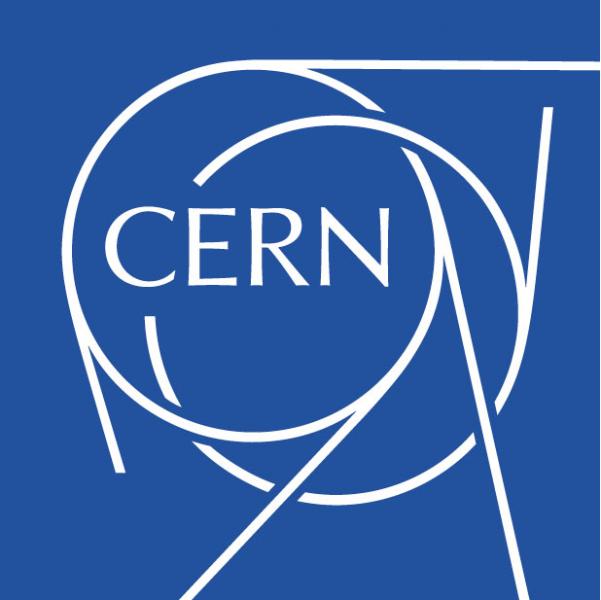
|
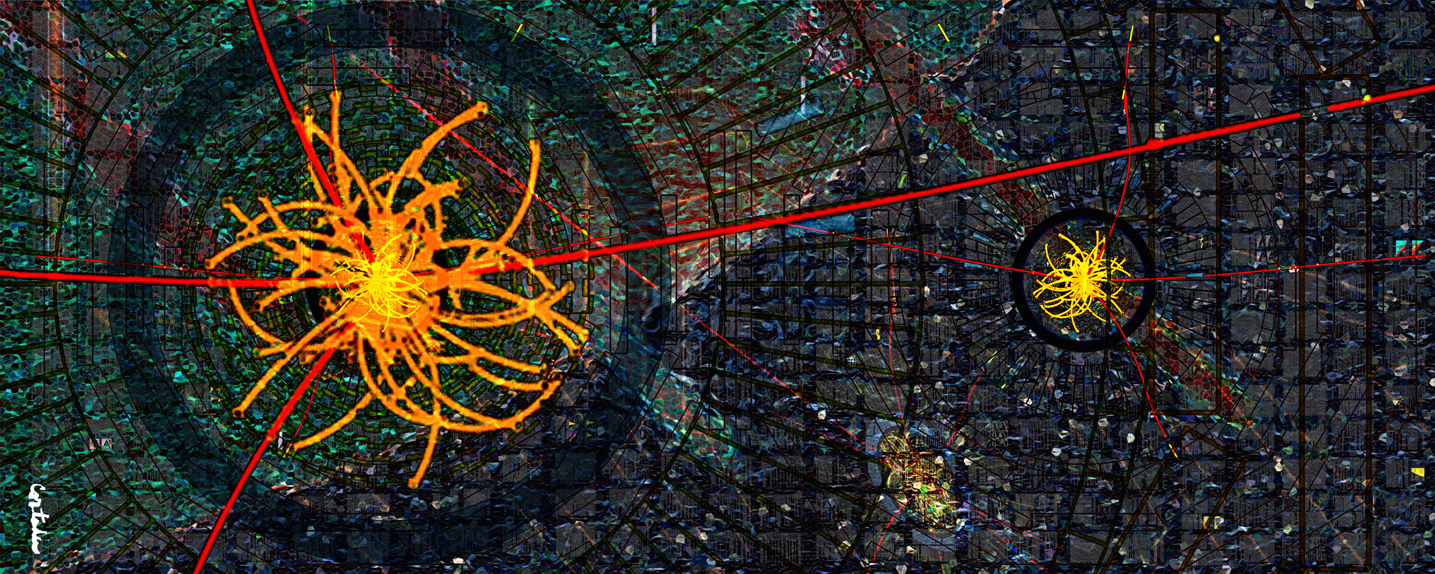
|
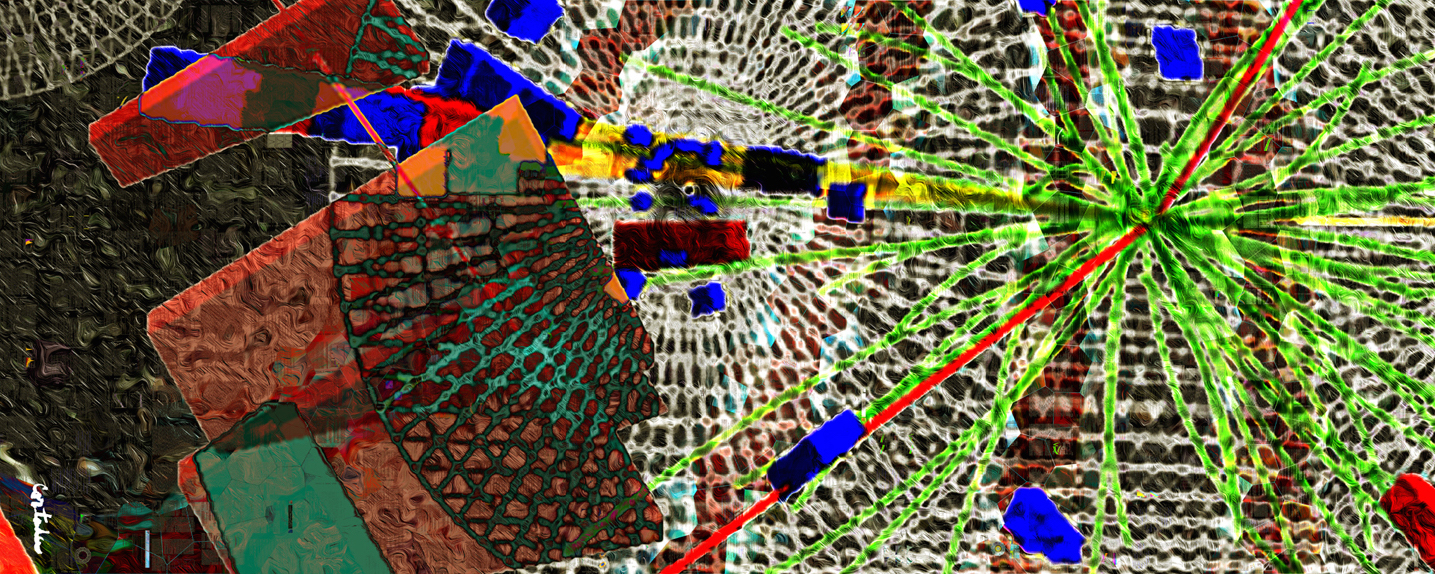
|

|
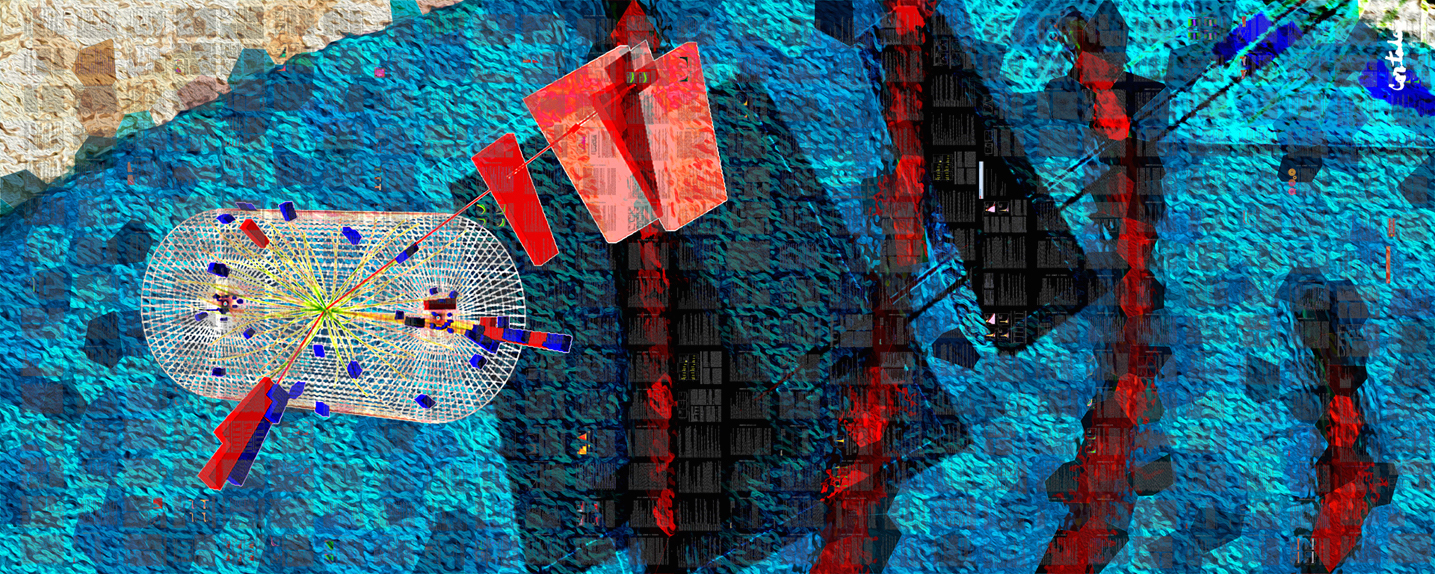
|
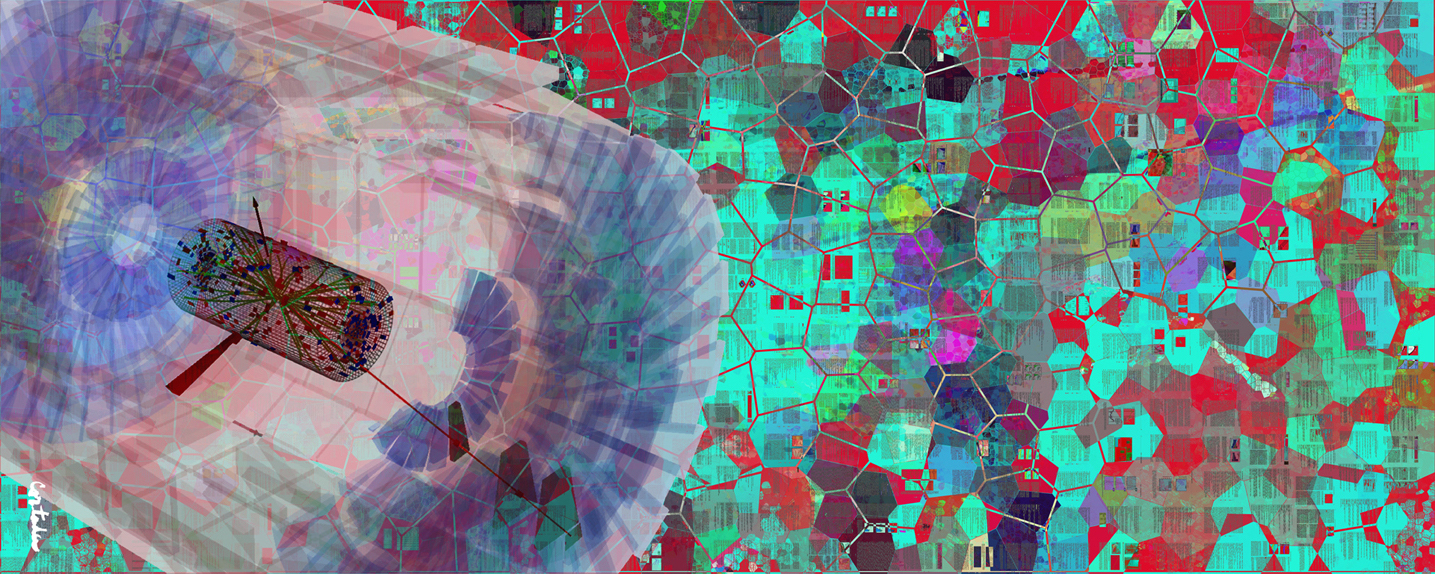
|